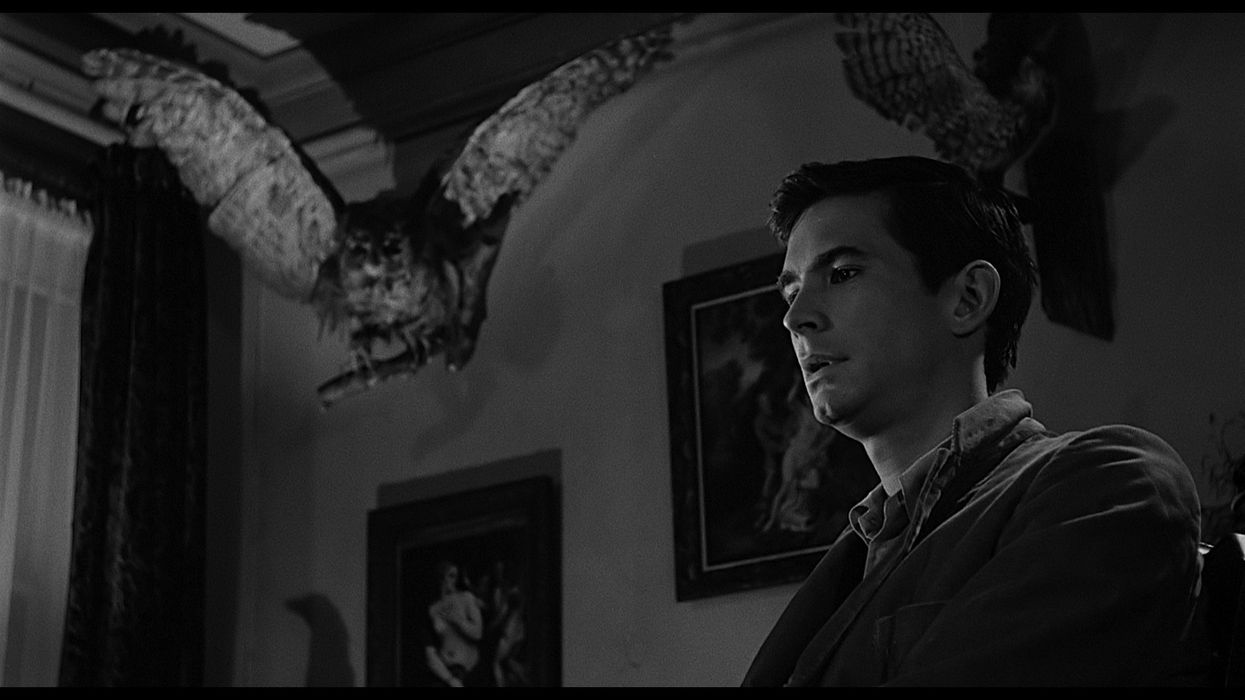What Do Birds Symbolize in Alfred Hitchcock's 'Psycho'?
"Oh, but she's harmless. She's as harmless as one of those stuffed birds."

Symbolism can be found in almost every film, but one of the most talked about and studied symbols in cinema has been the appearance of birds in Alfred Hitchcock's 1960 psychological horror Psycho. ScreenPrism explores this bird motif in the video essay below, which may help you to not only understand the film on a whole new level, but also learn how to incorporate symbolism into your own projects as well.
If you were to attend your first film school lecture focusing on symbolism in cinema, chances are the first title to appear in the PowerPoint presentation would be Psycho, followed by an hour of bird talk. This might be because Hitchcock did such a superb job of clearly connecting the visual metaphors to the narrative material.
When we first get to know Norman Bates, we learn that his personality is split between a harmless motel owner and a predatory maniac. We gather this from not only the verbal exchange between Marion and Norman, but from the assortment of stuffed birds in the motel parlor. We see birds of prey as well as docile birds, which, as the video essay explains, reveal Norman's inner psychology. There is a war being waged within Norman's psyche between his two identities: Norman the innocent son and Norman as his homicidal mother.
Symbolism is a great way of adding depth to your visual storytelling and there are countless films that do it right. So, if you want to learn more about how its used in filmmaking, pay attention to objects, colors, etc. that show up at least three times throughout the film (the rule of 3s)—chances are if it's on-screen that frequently, the filmmakers are trying to draw attention to it in order to tell you something. Here are some examples to get you started:
- The Sixth Sense: The color red = danger, ghost presence
- The Departed: The "X" symbol = a foreshadow of a death
- A Simple Plan: crows = death
What is your favorite use of symbolism in film? Let us know in the comments below!
Source: ScreenPrism












